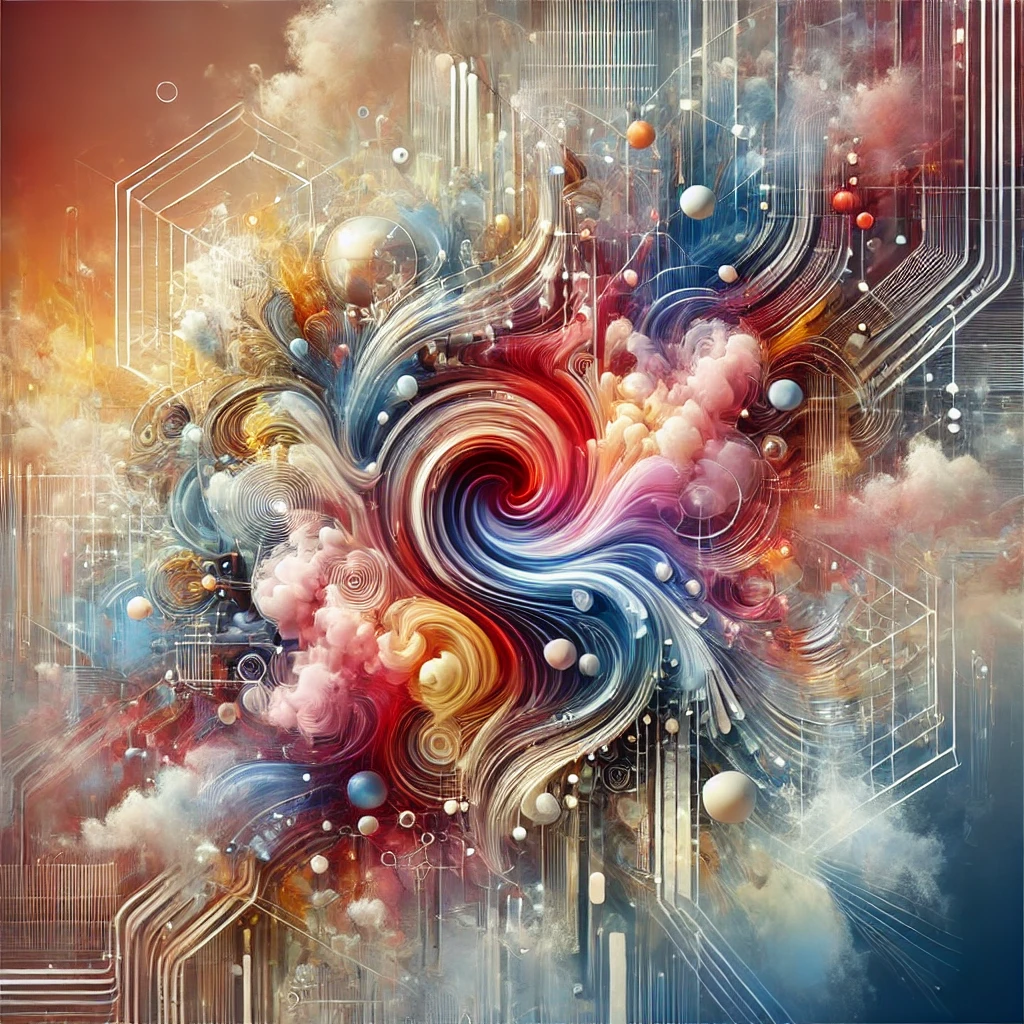The intersection of artificial intelligence (AI) and art has sparked a fascinating debate about the nature of creativity and the role of machines in the creative process. AI technology is making significant strides in the art world, producing works that challenge our understanding of what it means to be creative. As AI-generated art gains popularity, the question arises: can machines truly be creative?
The Emergence of AI Art
AI art refers to artwork created with the assistance of artificial intelligence. This can include a variety of methods, such as using algorithms to generate patterns, applying machine learning to mimic artistic styles, or utilizing neural networks to create entirely new images. AI art has evolved rapidly, from simple generative designs to complex compositions that rival human-made art in both quality and originality.
How AI Creates Art
AI systems create art by learning from vast datasets of existing artworks. Machine learning algorithms analyze these datasets to identify patterns and styles, which they then use to generate new pieces. Techniques such as Generative Adversarial Networks (GANs) play a crucial role in this process. GANs consist of two neural networks: one generates images, while the other evaluates them, refining the output until it achieves the desired level of quality and creativity.
Examples of AI Art
Several notable examples of AI art have garnered attention in recent years. One of the most famous is “Portrait of Edmond de Belamy,” created by the Paris-based art collective Obvious using a GAN. This AI-generated portrait sold at auction for $432,500, highlighting the growing acceptance and value of AI art. Another example is the work of artist Mario Klingemann, who uses AI to create thought-provoking pieces that explore the boundaries of human and machine creativity.
The Role of the Artist
While AI can generate art, the role of the artist remains vital. Artists use AI as a tool to explore new creative possibilities, much like they would use a brush or a camera. The artist’s vision, intuition, and guidance are essential in directing the AI and curating the final output. This collaboration between human and machine opens up new avenues for artistic expression and innovation.
Creativity and AI
The question of whether AI can be truly creative is complex. Creativity involves more than just generating novel ideas; it requires intention, context, and emotional depth. While AI can produce artworks that are aesthetically pleasing and original, it lacks the consciousness and subjective experience that underpin human creativity. However, AI’s ability to analyze vast amounts of data and generate new patterns can inspire and enhance human creativity, leading to a symbiotic relationship between artist and machine.
Impact on the Art Industry
AI art is reshaping the art industry in several ways. It democratizes art creation by making advanced tools accessible to a broader audience. Artists without traditional training can use AI to produce professional-quality work. Additionally, AI art challenges traditional notions of authorship and originality, prompting a reevaluation of how we define and value art. As AI continues to evolve, its influence on the art world will likely grow, driving further innovation and exploration.
Ethical Considerations
The rise of AI art also raises ethical considerations. Issues such as intellectual property, authorship, and the potential for AI-generated art to overshadow human-made art are important topics of discussion. As AI becomes more integrated into the creative process, establishing guidelines and frameworks to address these concerns will be crucial.
Conclusion
The rise of AI art represents a significant shift in the art world, blending technology with creativity in unprecedented ways. While machines may not possess the consciousness to be truly creative, they offer powerful tools that can augment and inspire human creativity. At Fastcontentai.com, we are dedicated to exploring the potential of AI in the creative arts, developing solutions that empower artists and expand the boundaries of artistic expression.
Tags: AI art, machine creativity, digital art, innovation in art, technology and creativity

